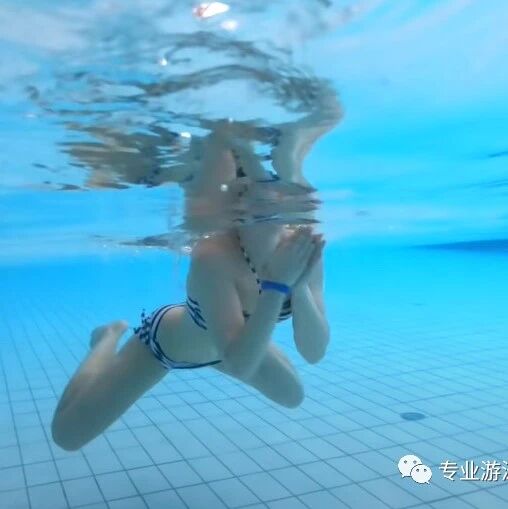A useful fallacy: deliberately avoiding focused leg-kicking practice can actually help you master it better.
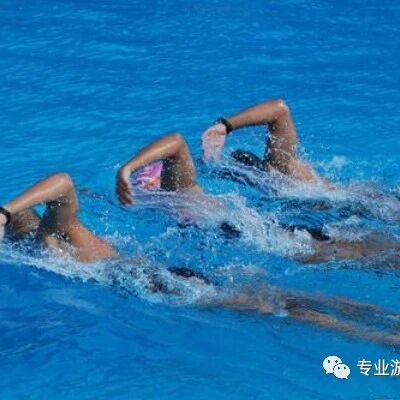
When it comes to learning freestyle swimming, surprisingly, people’s first reactions are remarkably consistent: Coaches often emphasize practicing the kick—saying you can’t master freestyle without nailing that leg movement. Meanwhile, swimmers themselves often admit that breathing in freestyle is incredibly tricky—it’s so challenging that water can easily end up choking you. Indeed, the kick and breathing are undeniably the trickiest parts of mastering freestyle. But why should these challenges inevitably turn into pain points?
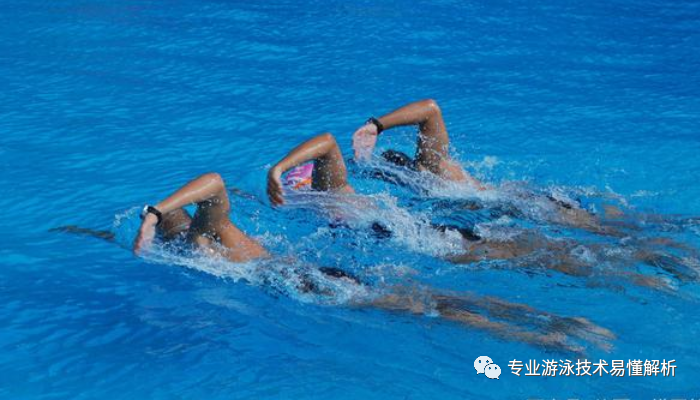
Total Immersion isn’t a specific swimming stroke, but rather a highly effective swimming philosophy. It comes with a tailored learning curve and practice methods designed specifically for adults to master the freestyle technique. Yet, some people, misinterpreting the term literally, immediately dismiss it as nonsense—claiming it’s just about fully submerging the body in water—without even bothering to explore its deeper principles. In reality, Total Immersion is all about immersing yourself completely in the experience of swimming, focusing intently on refining every movement detail until you develop the ability to coach yourself effectively.
Practice has proven that the full-immersion swimming system and its methods are highly effective—so why insist on making leg kicks and breathing techniques the primary focus when learning freestyle? It’s simply unnecessary.
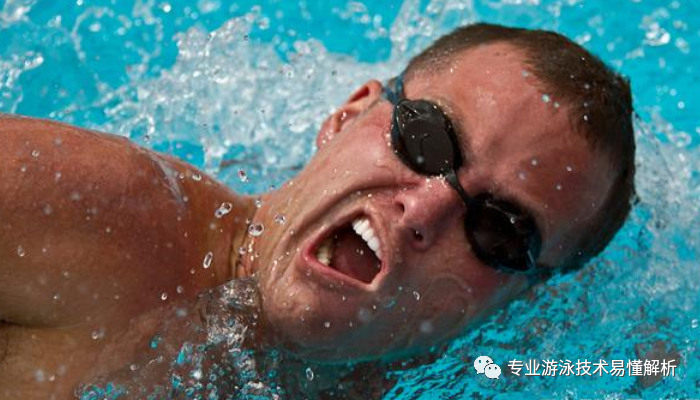
In freestyle, the primary source of forward propulsion comes from the arm strokes, which contribute about 70% to 80% of your speed, while leg kicks provide the remaining 20% to 30%. However, the more critical role of kicking is to prevent your legs from sinking—by keeping your lower body elevated, you maintain proper body balance, ensuring that your legs don’t drag you backward and hinder your stroke efficiency. For those learning to swim on their own, without a coach constantly observing and correcting your technique, prioritizing leg kicks as the first skill to master would be ill-advised.
Some people mistakenly believe that mastering the kick is equivalent to perfecting freestyle, leading to an impatient and results-oriented mindset. However, this attitude is entirely counterproductive when learning freestyle—wrong techniques can easily become ingrained habits, turning into rigid muscle memory that’s incredibly difficult to undo later on. A prime example of this is Ouyang Feng, whose misguided attempt to reverse-engineer the Nine Yin Manual ultimately left him hopelessly out of touch with reality.
It’s a better learning strategy to approach everything—from easy to difficult, and from shallow to deep—especially when it comes to mastering freestyle swimming. Take the leg kick in freestyle, for example: Beginners rarely manage to find the right kicking sensation, and concepts like whip kicks or hip-driven movements often sound like pure gibberish to them. As someone who has already mastered the freestyle kick technique, explaining these advanced ideas might only overwhelm beginners. After all, even university professors teaching math to elementary school students would start with something as simple as 1 + 1—never assuming their young audience is ready to dive straight into calculus just because they’re experts themselves.
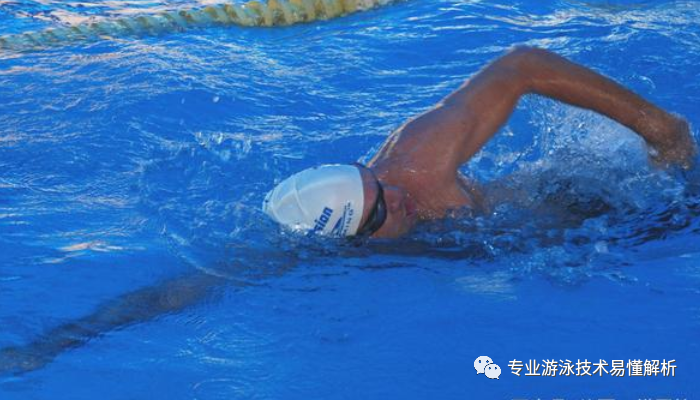
Many coaches teach their students freestyle swimming by simply saying, "Focus on perfecting your kick—practice kicking 1,000 meters first, and then we’ll see." But for beginners just starting out, this advice is nothing short of handing them a blank sheet of paper and expecting them to create a masterpiece. It’s like a master chef telling you, "Add a pinch of salt and a dash of MSG," then sitting back and hoping you’ll whip up a dish that’s both delicious and visually appealing. Honestly, in situations like these, it’s often better to learn on your own.
Moreover, practicing freestyle kick technique alone comes with several drawbacks. Setting aside the myriad of incorrect kicking forms, many people who master the kick still struggle with proper freestyle breathing—or even fail to execute a complete freestyle stroke altogether. That’s why, for those learning freestyle on their own, it’s best to follow the progressive stages of the Total Immersion freestyle method. Start by perfecting one-sided swimming, focusing sequentially on arm strokes, arm recovery, and body rotation. This approach will help you first develop the ability to glide smoothly through the water, gradually building your breathing rhythm and refining your breath-holding skills along the way. At the same time, incorporate kick practice as an integral part of your overall swimming routine. As you increase both your swimming time and distance, your kicking technique will naturally improve over time. Plus, this strategy helps prevent the development of inefficient or even harmful kicking habits that often arise when focusing solely on kick drills.
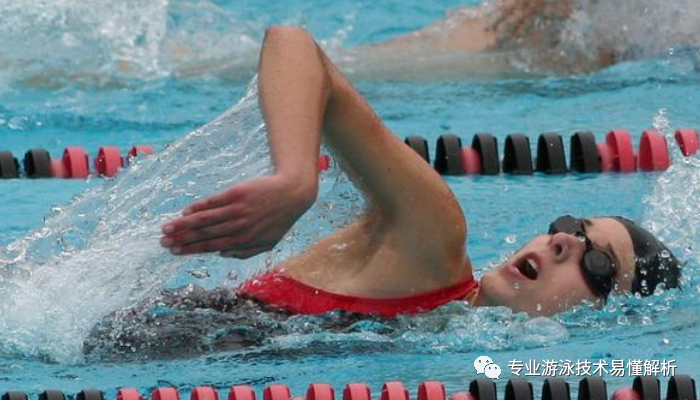
Similarly, it’s also unwise to start learning breathing techniques right away. The swimming posture in freestyle significantly affects how you breathe—so until you’ve mastered the proper arm strokes and maintained a streamlined body position, practicing breathing isn’t advisable. Many self-taught freestyle swimmers, lacking proper guidance, mistakenly confuse brute force with genuine effort and jump straight into breathing exercises. As a result, they either end up choking on water or develop bizarre, inefficient breathing patterns—such as tilting their mouths awkwardly, lifting their heads excessively, alternating breaths after every stroke, breathing only on one side, or even gasping dramatically while lying on their backs.
Related Articles
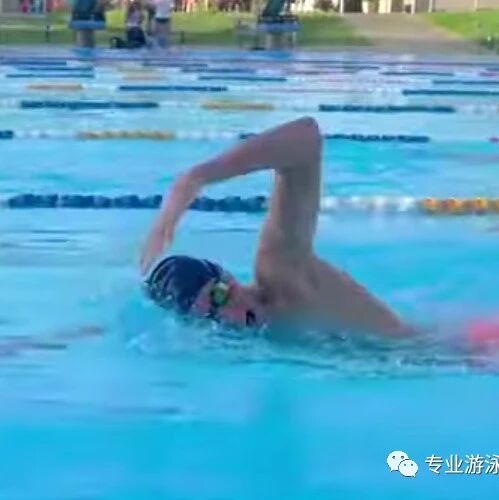
The importance of stroke frequency: To boost speed in total immersion swimming, it’s crucial to master three key points.
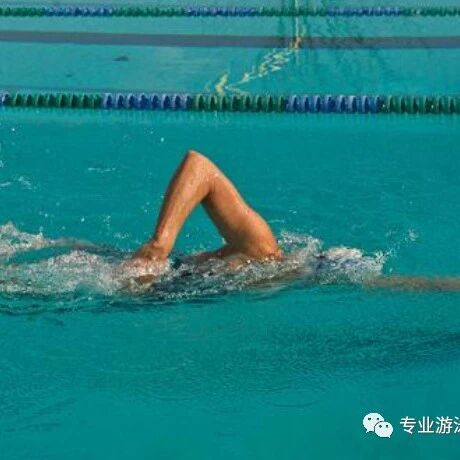
Focus on three key principles for your upper body—and quickly master the basics of freestyle swimming!
